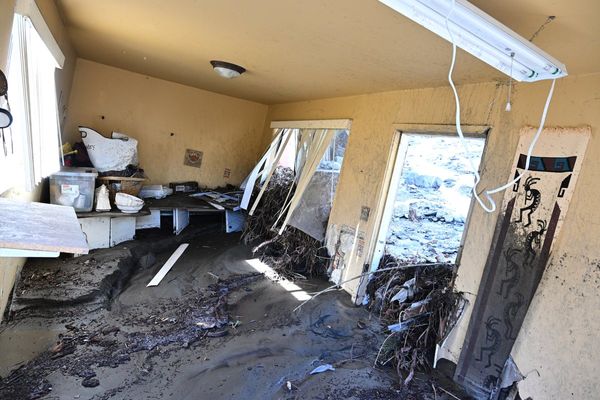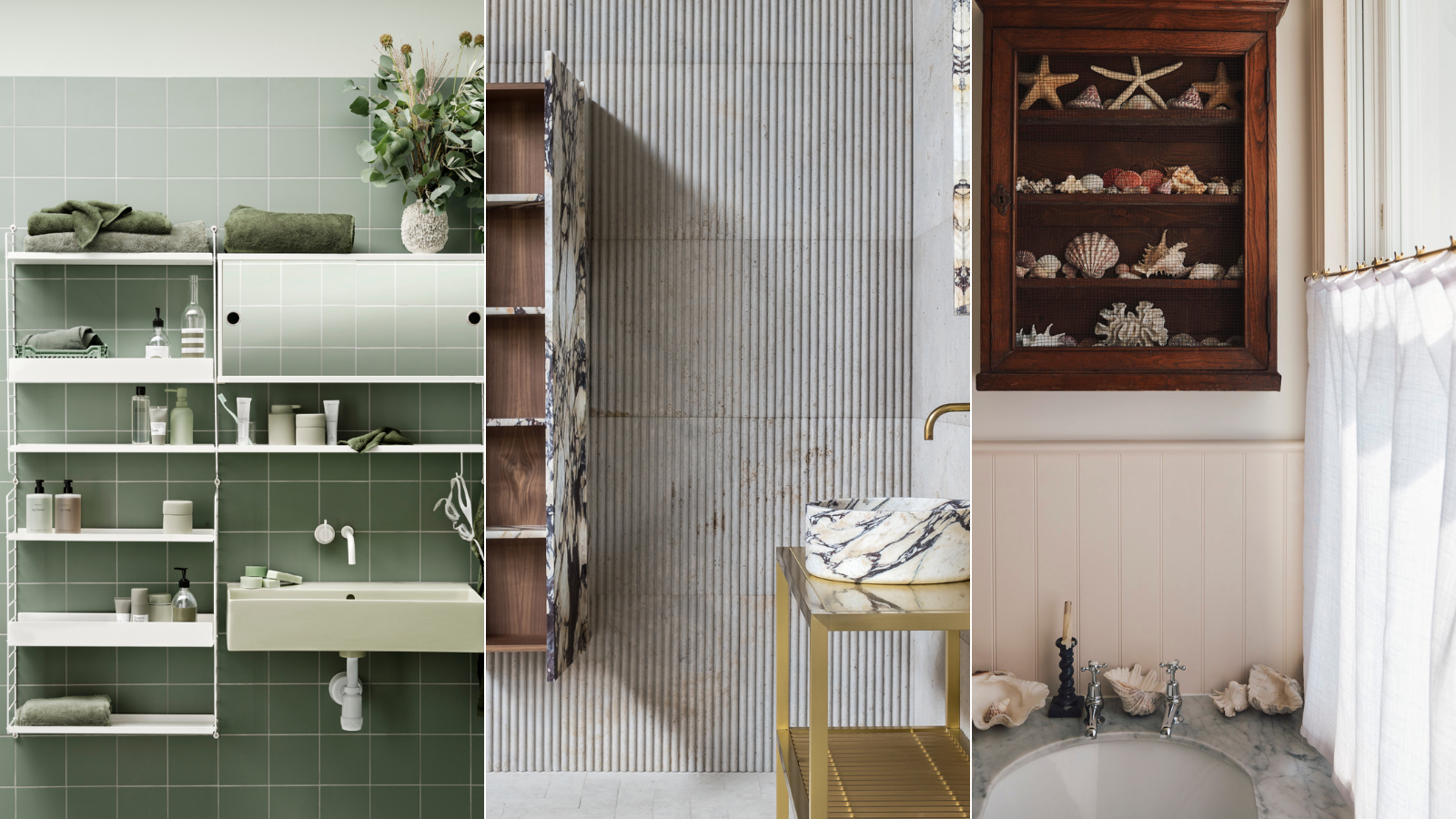
Can you use a dehumidifier in the bathroom? While this seems like the room that could benefit the very most from an appliance designed to take excess moisture out of the air, it is not always advised.
Dehumidifiers are appliances that pose an electrical risk. In many instances, our pros warn, it is safer to place it on your landing, or use others method of reducing humidity in your bathroom.
We asked some of the top experts in the industry for their opinions on the wisdom of placing even the best dehumidifier in a bathroom, so you make the best choice for your space.
Should you put a dehumidifier in the bathroom?
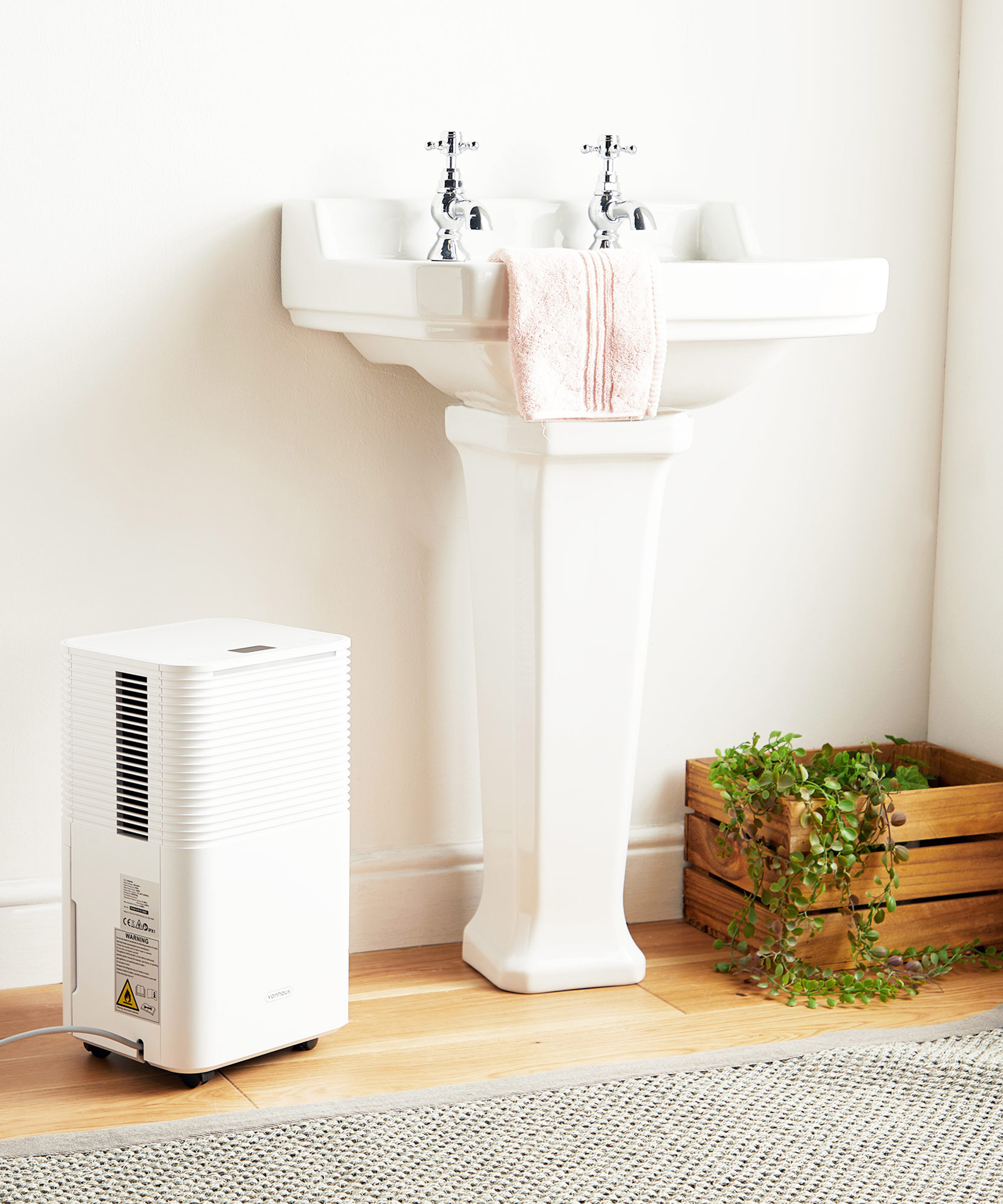
In short, no. Err on the side of caution and avoid using a dehumidifier the bathroom as it's an electrical item, posing a safety risk in a wet room.
'Using a dehumidifier in the bathroom may seem like a practical way to tackle excess moisture, but there are significant safety and practical considerations that make this approach less than ideal,' warns Chris Michael, MD of leading dehumidifier manufacturer Meaco.
'Bathrooms are considered wet zones, and placing electrical appliances, including dehumidifiers, in such spaces can pose serious safety risks,' Michael continues. 'For example, in countries like the UK, it is against safety regulations to use electrical devices in bathrooms due to the risk of electrical shock. Furthermore, domestic dehumidifiers are not IP-rated (ingress protection rated) to operate safely in wet environments.'
That said, there are ways of using dehumidifiers within this space that can make a positive impact.
'Using a dehumidifier in the bathroom can be a great idea, but it depends on how you use it and what your bathroom set-up is like,' explains Myles Robinson, home expert and founder of UK Composite Doors.
Here, we take a closer look at whether or not it is a good idea to use a dehumidifier in this room of the house and, if you do, how to get the very most out of it in a risk-free way.
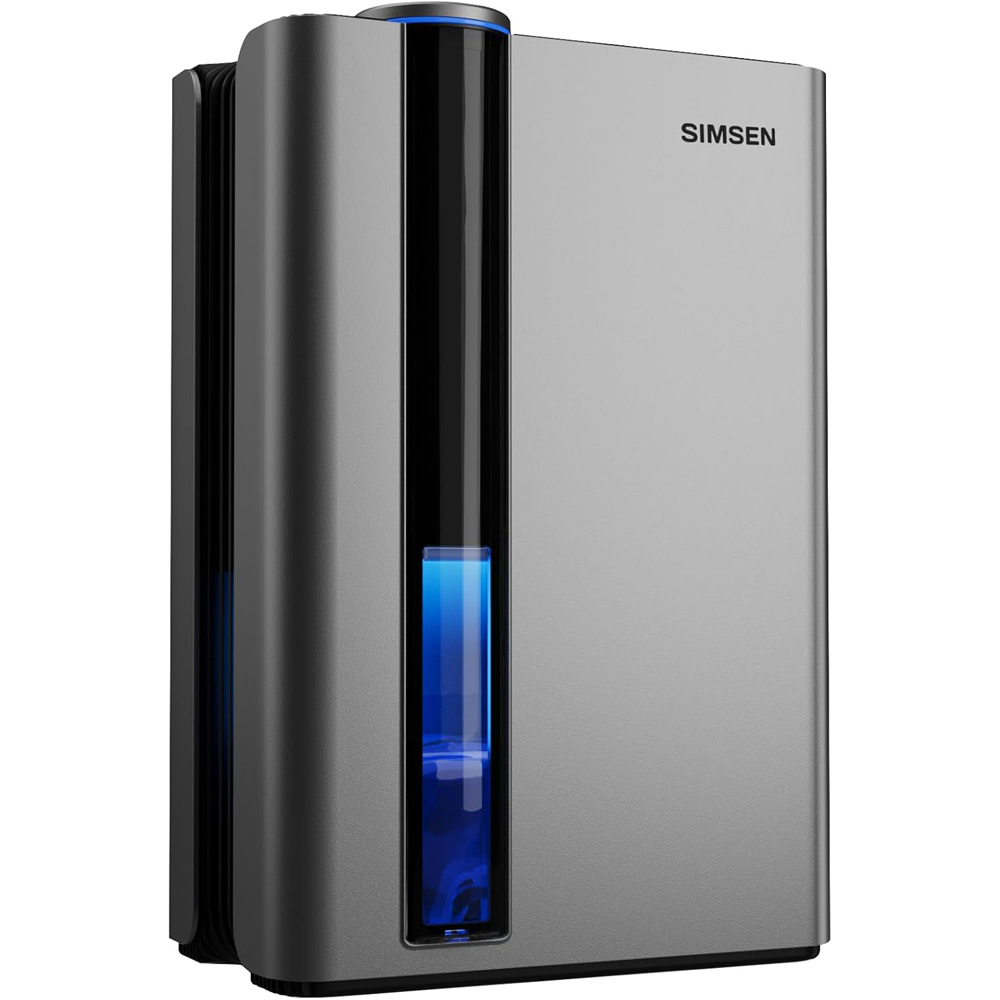
With a good-sized water tank, this stylish dehumidifier is suitable for spaces up to 800 sq ft. It is fairly small in size at just 15.31 inches high meaning it would be easy to use in a bathroom, plus it has a night light to make it easy to navigate those midnight visits to the toilet.
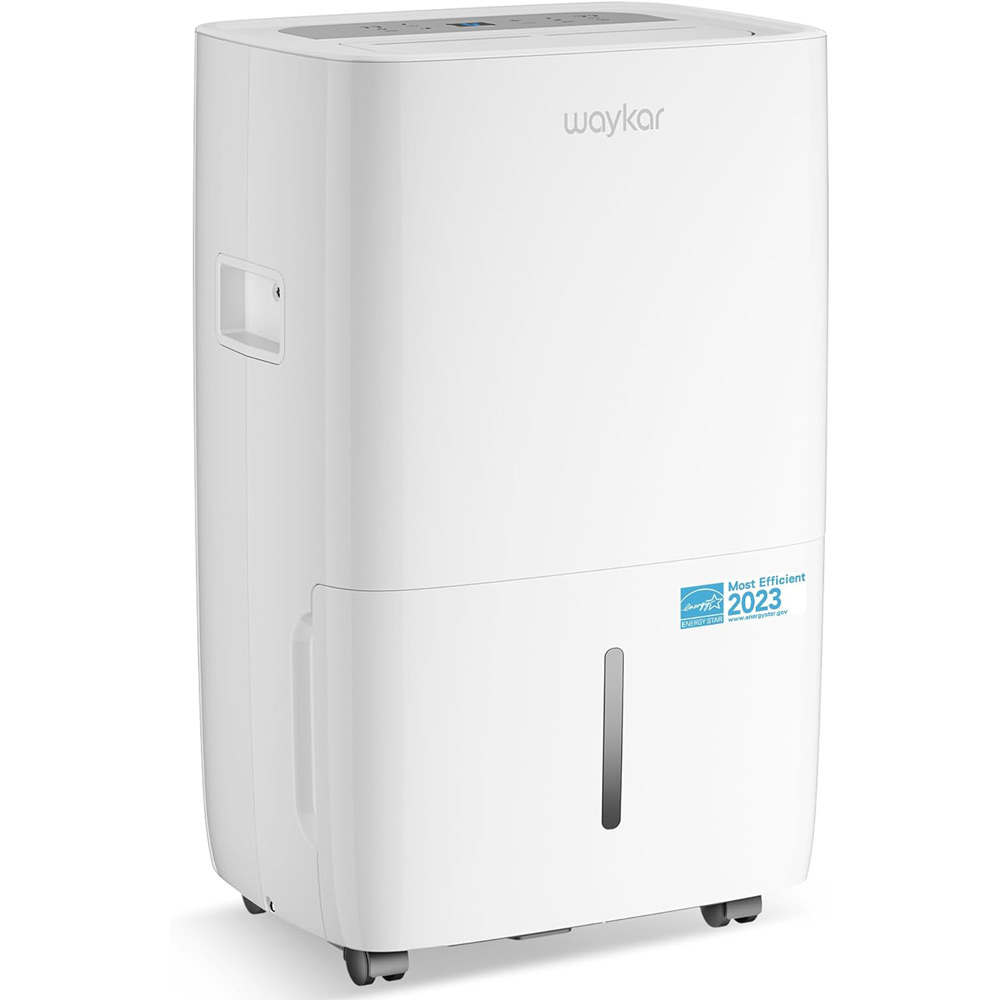
This is a great option for larger spaces (up to 5,000 sq ft, in fact). Despite it's larger capacity, it is still lightweight, making it easy to move around the house, plus the oscillating fan helps dry wet laundry out faster if you use your bathroom for this purpose too.
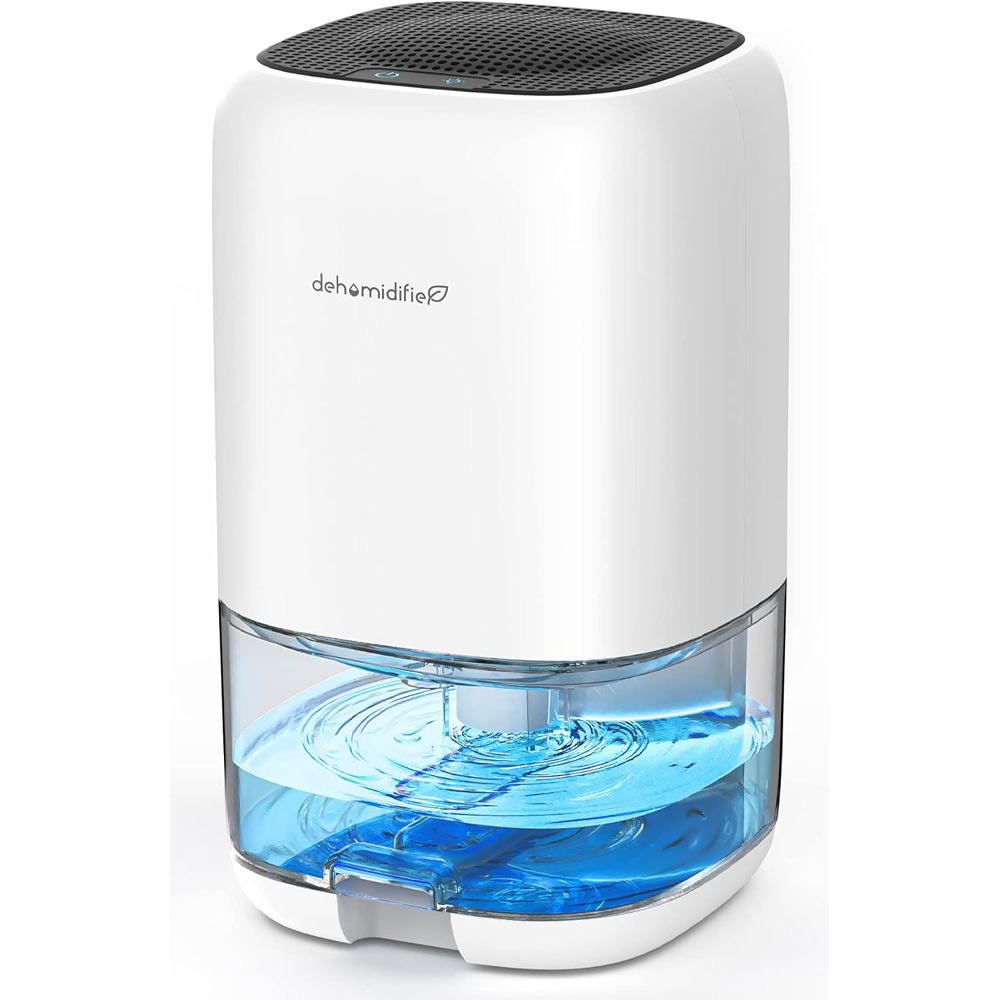
Don't be fooled into thinking that the small size of this neat little dehumidifier makes it any less useful at dealing with bathroom moisture. It can cope with spaces up to 280 sq ft and comes with a host of features, including color changing lights and quiet operation.
When is it a bad idea to use a dehumidifier in the bathroom?
If using a dehumidifier in your bathroom is something you have been considering, you might me making one of the most common dehumidifier mistakes: placing it in a wet room.
As explained earlier, the electrical shock risk is not insignficant and therefore it might be safer to chose another method of humidity control for your bathroom.
'Dehumidifiers aren’t always the most convenient option for bathrooms,' says Myles Robinson. 'First, there’s the matter of electricity and safety. Bathrooms are wet spaces, and you need to make sure the dehumidifier is plugged into a GFCI outlet and placed where it won’t get splashed. Plus, having to empty the water tank frequently can get old fast if you’re using it daily.
'Bathrooms naturally deal with a lot of moisture, from steamy showers to wet floors, and that humidity can lead to bigger issues like mold, mildew and even peeling paint if you’re not careful,' continues Myles. 'A dehumidifier is a solid tool for managing that, but it’s not always the most practical or only solution.'
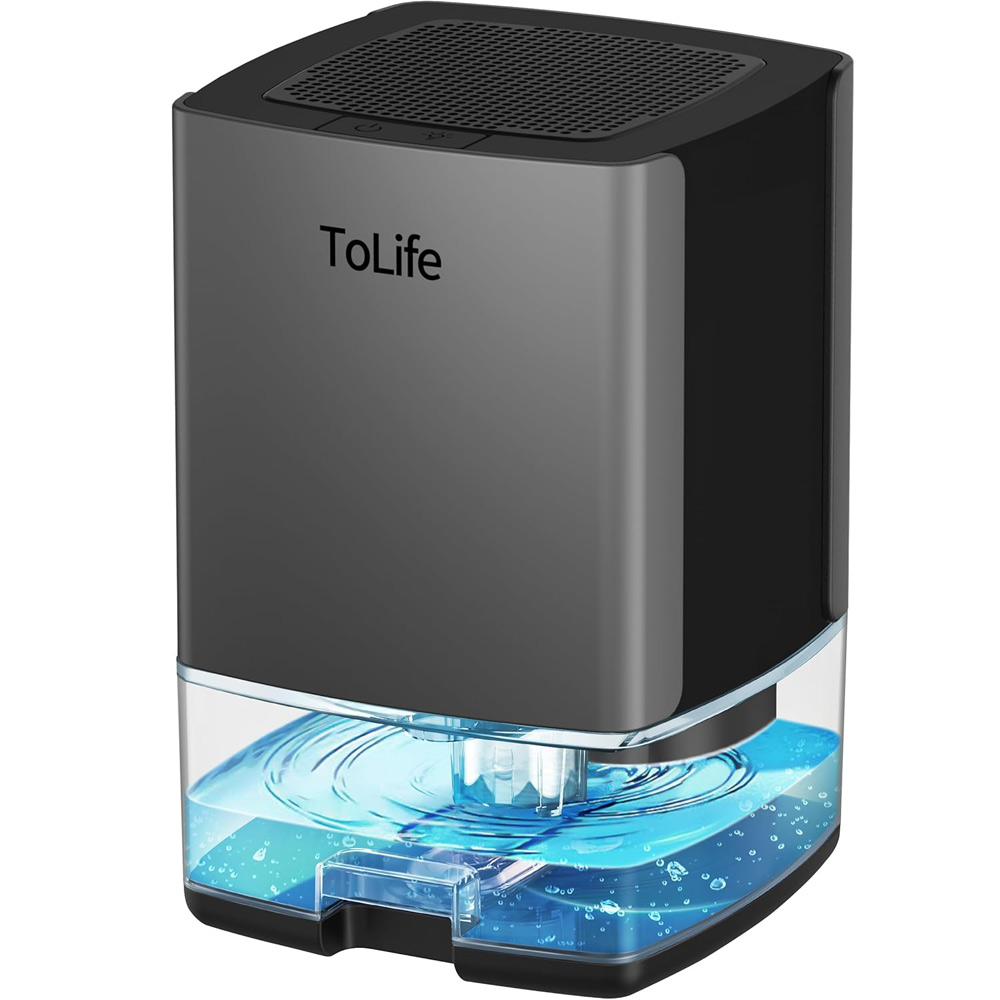
If you are set on using a dehumidifier in the bathroom, choose one that won't get in the way too much – like this neat little design which measures just 9.25" high and is super simple to operate.
How can using a dehumidifier in the bathroom help?
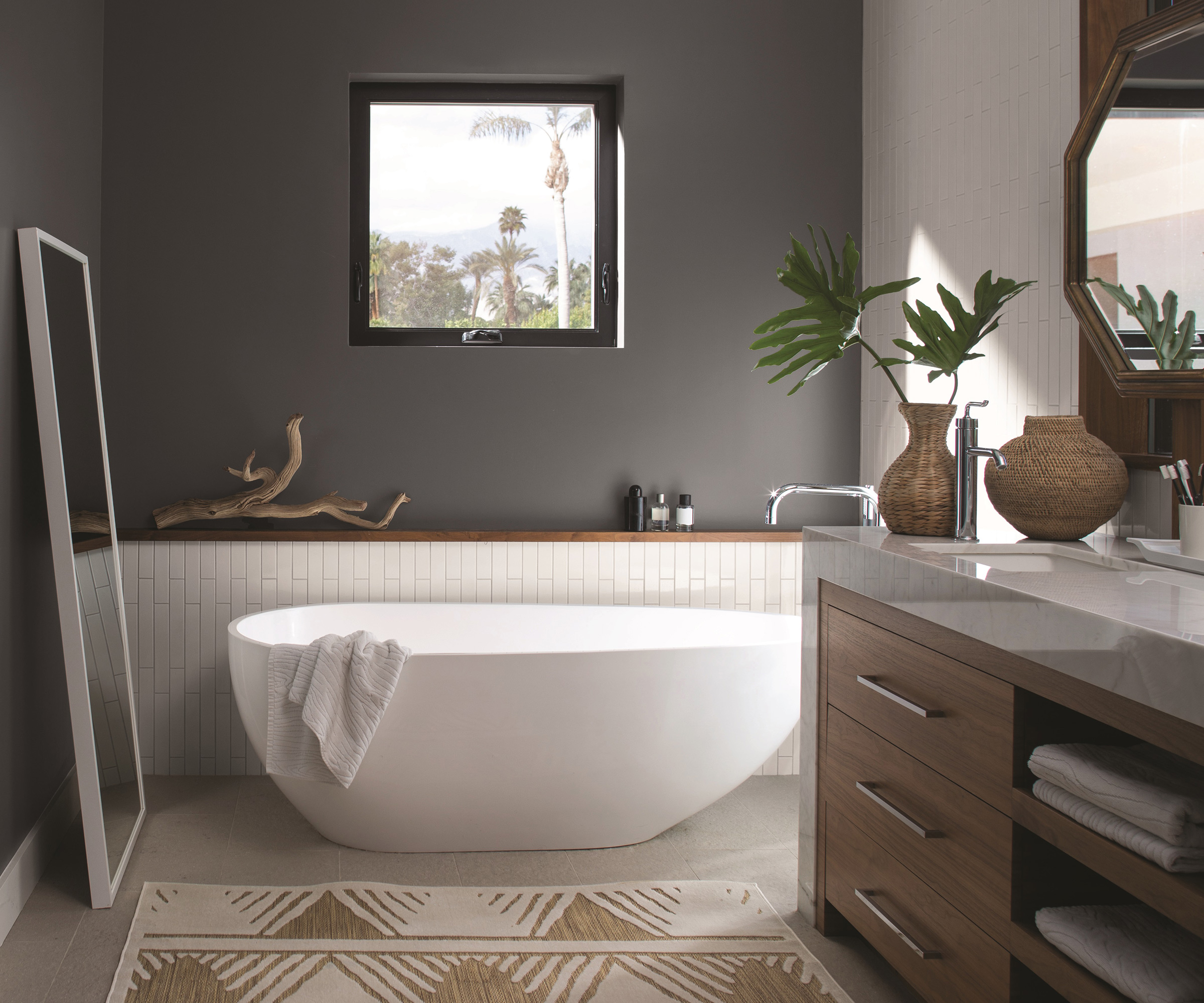
Not all the experts we spoke to were against using a dehumidifier in the bathroom – in fact, some recommended it as a way to reduce your home's humidity.
'A dehumidifier in your bathroom might make sense if it's particularly prone to dampness, like a basement bathroom that has a shower,' says Simon Bernath, founder and CEO at FurnacePrices.ca. 'The dehumidifier won't be able to totally overcome the humidity generated during a shower so a good ventilator fan is still important, but it can help control residual humidity the rest of the time.'
'In general, dehumidifiers can help reduce the excess moisture in a bathroom, which will prevent the growth of mold and the development of musty odours which are caused by these spaces’ high humidity levels,' explains David Miloshev, electrician and home improvement specialist at Fantastic Services. 'However, before you use a dehumidifier in the bathroom, especially while you’re taking a shower, there will be some important considerations to keep in mind to guarantee your safety and the appliance’s optimal performance.'
Where to place a dehumidifier for steamy bathrooms
If you decide you'd like to go ahead and try using a dehumidifier in the bathroom, there are a few tips to ensure not only your safety, but also how effective this method of moisture control will be.
'The key to getting the most out of a dehumidifier in the bathroom is placement and timing,' explains Myles Robinson. 'If you’re using a portable unit, make sure it’s positioned in a spot where it can really pull in the moist air, such as near the shower or the sink area. Keep it running for 20–30 minutes after you’ve finished bathing to tackle that post-shower humidity.
'I’ve had clients who swear by small, compact dehumidifiers that they can move around as needed,' continues Myles. 'Just remember, bathrooms can be tight spaces, so make sure the unit you choose isn’t blocking walkways or getting in the way of things like opening drawers or cabinets.'
There is still the matter of safety to be considered, of course. Chris Michael has a brilliant piece of advice on the best place to put a dehumidifier for getting the most out of it when battling bathroom moisture, without any safety risks.
'Instead of placing a dehumidifier in the bathroom, positioning it in the hallway just outside is an ideal solution,' says Chris. 'A dehumidifier in this location effectively draws the damp air out of the bathroom. Located here it can also serve nearby bedrooms, removing condensation that occurs overnight during the colder months. Some people find dehumidifiers too loud in bedrooms, so the landing is the ideal place to position a dehumidifier in the home.'
What are the best ways of managing bathroom humidity?
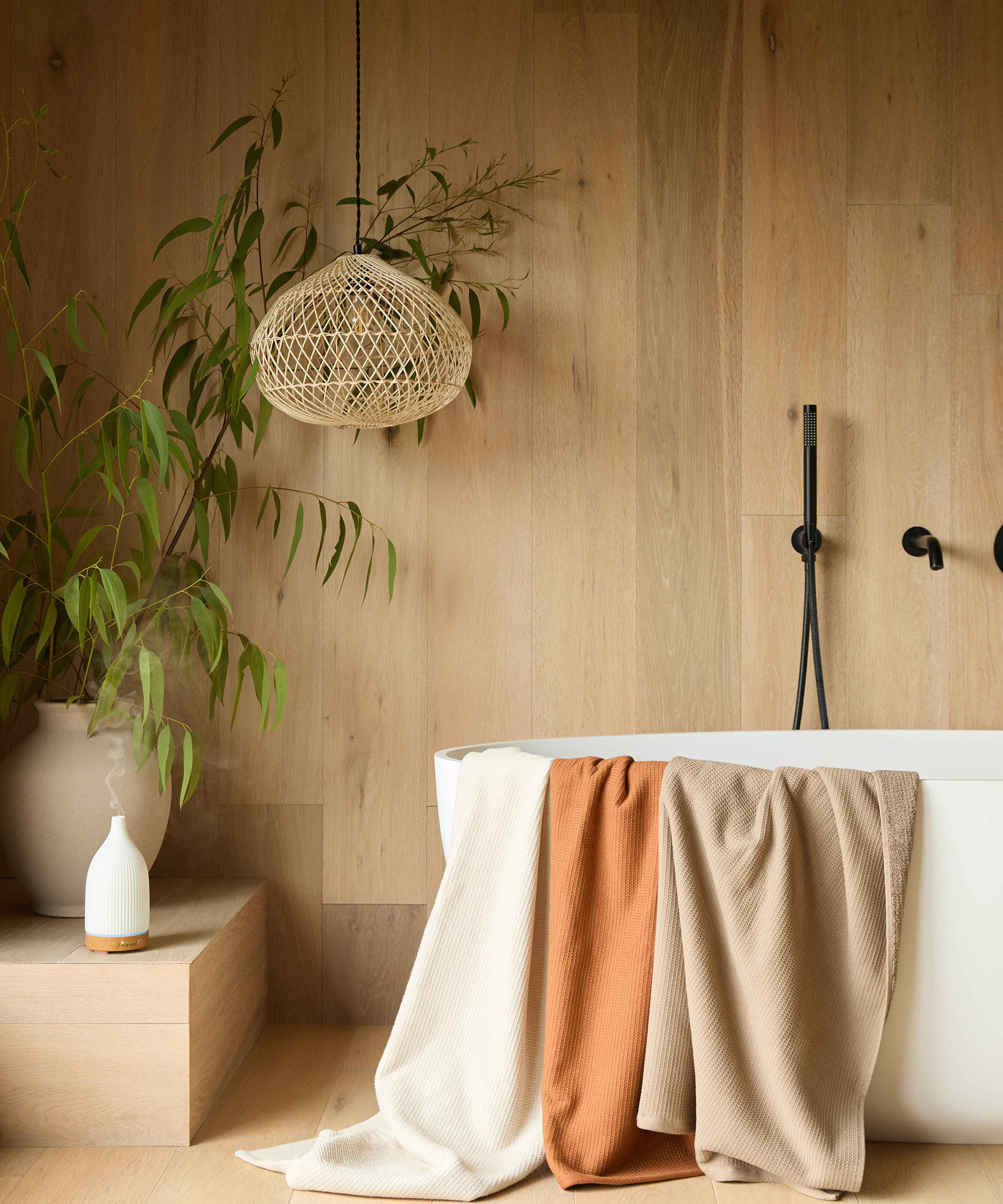
If you decide a dehumidifier is not such a great idea for your bathroom or landing, there are alternatives.
'In many cases, there are better ways to improve bathroom ventilation to consider,' advises Myles Robinson. 'Exhaust fans are the unsung heroes of bathroom humidity control. They pull moisture straight out of the air and vent it outside, which is often more effective than just cycling it through a dehumidifier. I’ve seen homeowners with outdated or under-powered exhaust fans struggle with constant condensation issues, and upgrading to a higher-capacity fan made all the difference.'
'There are alternatives to using a dehumidifier and these could be better options if your bathroom lacks space,' points out James Longley, managing director at Utility Bidder. 'For example, an extract fan is a good alternative and ventilates the excess humidity from your bathroom to the outside using an electrical motor. However, installing this type of fan may involve structural work which could be costly. You can also help with humidity by placing containers of baking soda around the room. However, this may take longer than a dehumidifier or ventilation fan.'
Punteha van Terheyden, head of Solved adds, 'I have two bathrooms that are small, steamy and the fan takes ages to clear the steam after showering and bathing. But we've never had mold or mildew in these spaces because we always open the window after bathing, and leave it open till the steam clears.'
Punteha and her household do this year round, and find it takes between 15-30 minutes to clear the humidity. 'Afterwards, we close the windows to make sure the heating doesn't go to waste in the winter and cooler months.
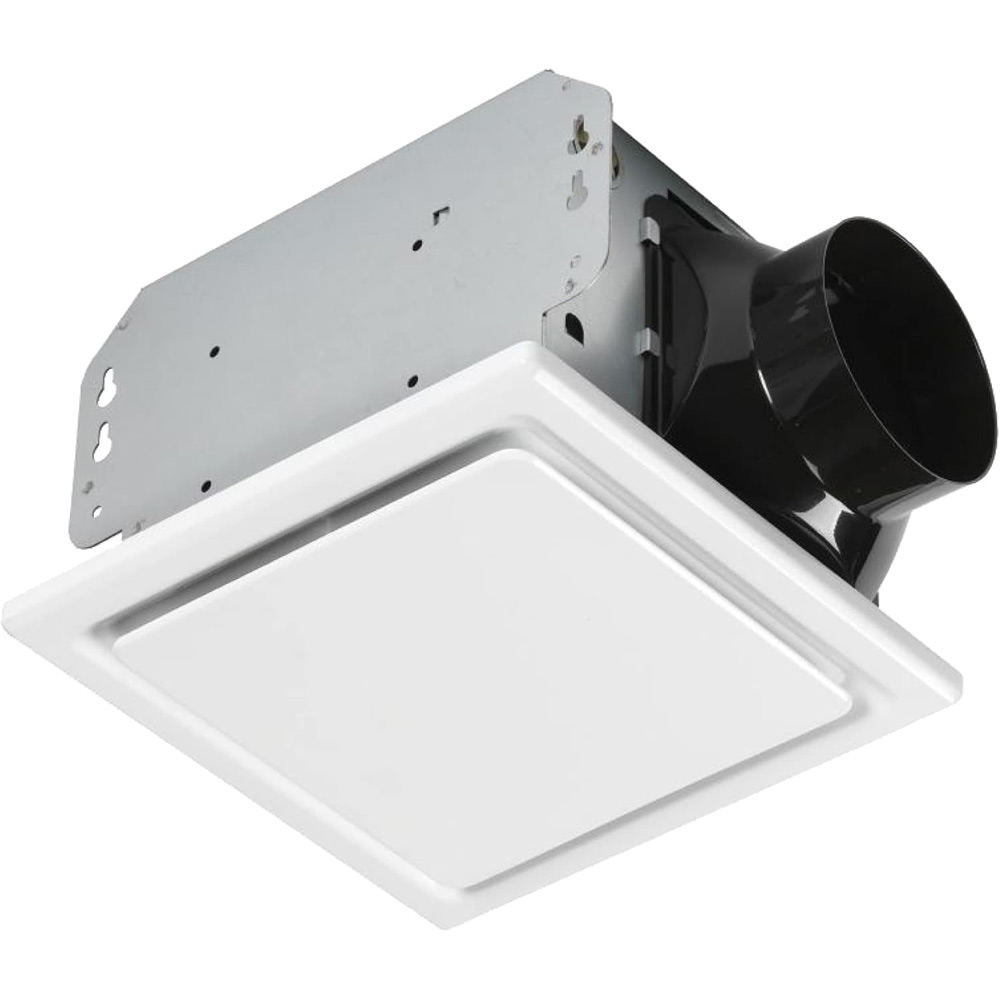
When installed, the subtle design of this bathroom extract fan is totally unobtrusive – plus it runs really quietly meaning you would hardly know it's there at all. That said, it is capable of keeping spaces up to 50 sq ft steam free.
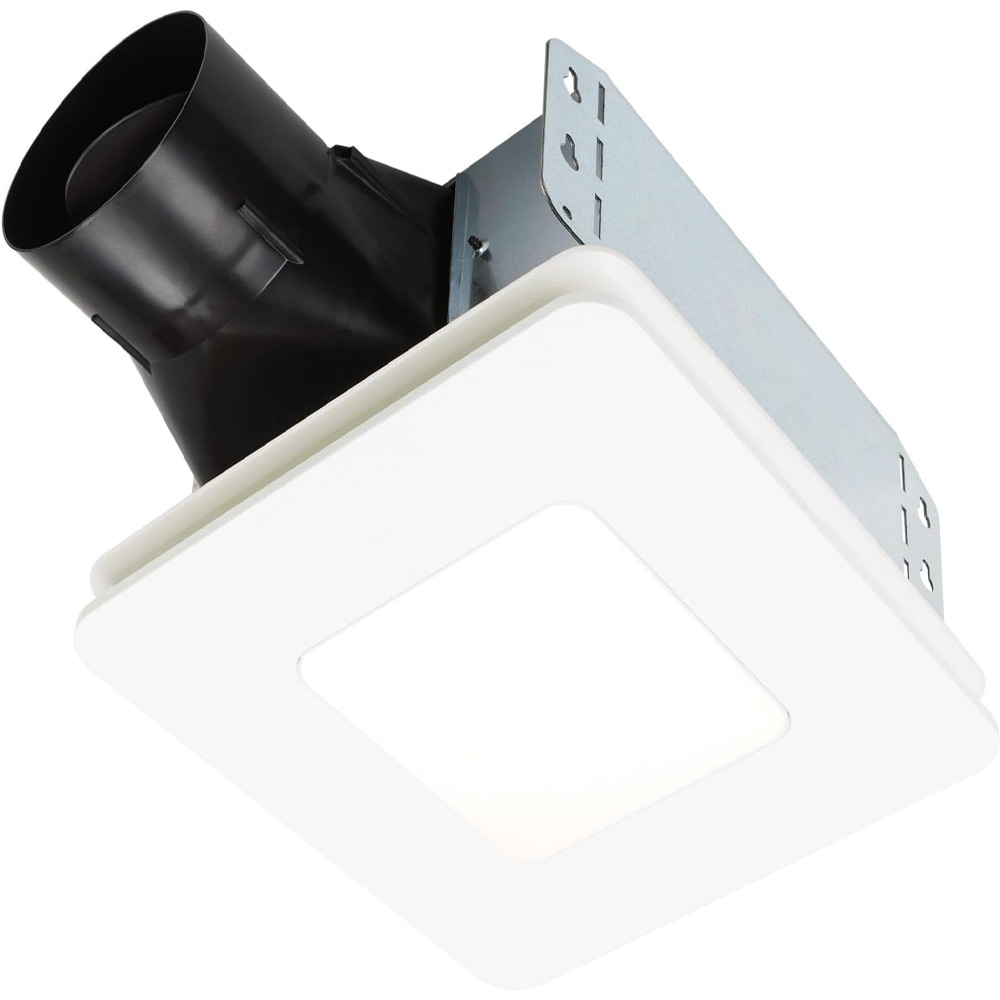
Combining a bathroom light and exhaust fan in one handy unit, this design is really quiet to run (0.9 sones) and suitable for bathrooms up to 45 sq ft. It has the added benefit of being easy to install too.
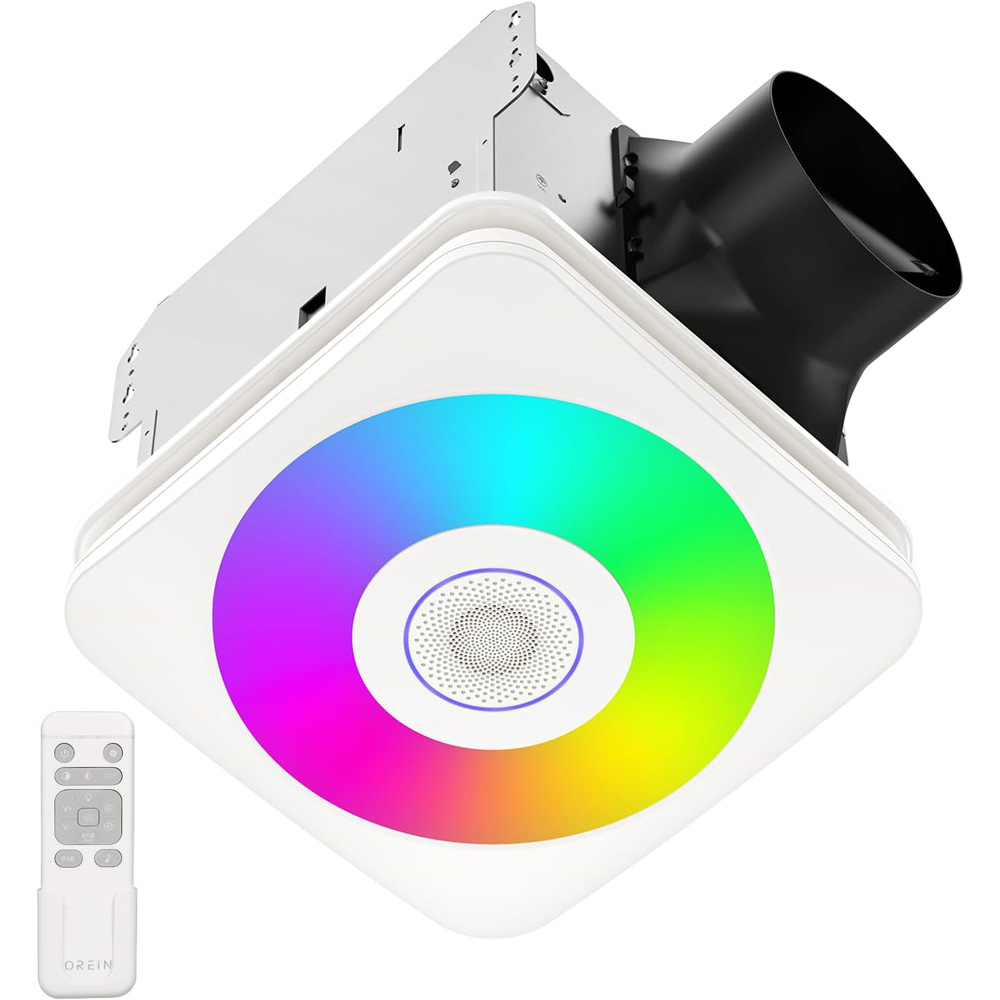
A three-in-one extract fan that offers lighting and a Bluetooth speaker as well as eliminating excess moisture from the air. It can be used in rooms up to 160 sq ft and is simple to install despite its many features.
FAQs
Can a dehumidifier get rid of bathroom mold?
If bathroom mold is something you are struggling with, you may well be asking do dehumidifiers help with mold and could this be the answer to all your bathroom woes?
'Yes, having a dehumidifier in the bathroom can help reduce moisture and help prevent mold and mildew,' states Brad Roberson, president at Aire Serv a Neighborly® company.
That said, a dehumidifier is a preventative measure as opposed to a tool to remove existing mold. For this you will need to know the signs of mold in your home and arm yourself with a good mold remover.
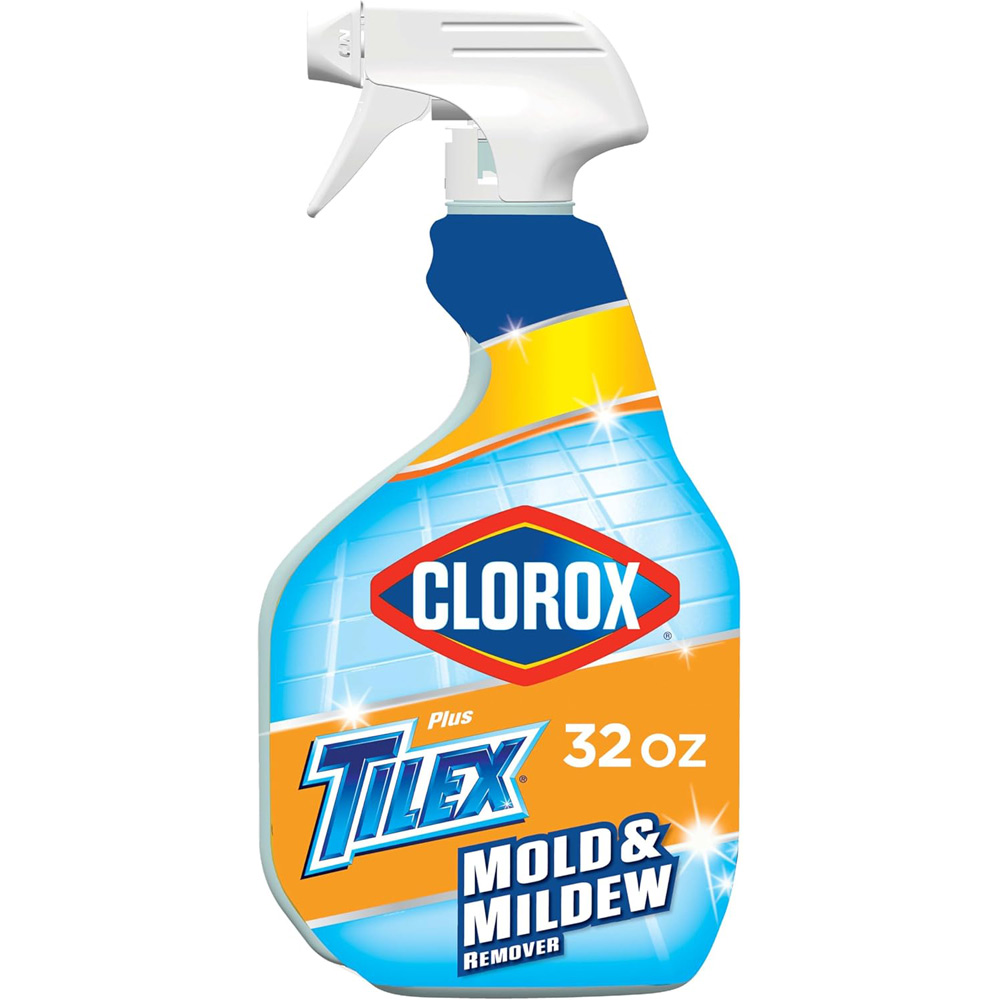
This powerful cleaning spray not only gets rid of unsightly mold and mildew stains fast, it also eliminates all kinds of bacteria, leaving you to enjoy your bathroom worry-free. It is suitable to use on glazed and unglazed ceramic tile, as well as grout and vinyl.
What small changes can help reduce bathroom humidity?
There is often no need to rush out and invest in all kinds of expensive equipment in order to get the moisture levels within your bathroom under control – there are lots of other ways to improve ventilation in your home.
'For most bathrooms, a good exhaust fan and smart habits will give you better results with less hassle,' says Myles Robinson. 'In terms of preventing humidity altogether, thinking ahead during renovations or upgrades is key. Things like moisture-resistant paint, anti-mold caulk and even heated towel racks (which can help dry out damp towels faster) can go a long way.'
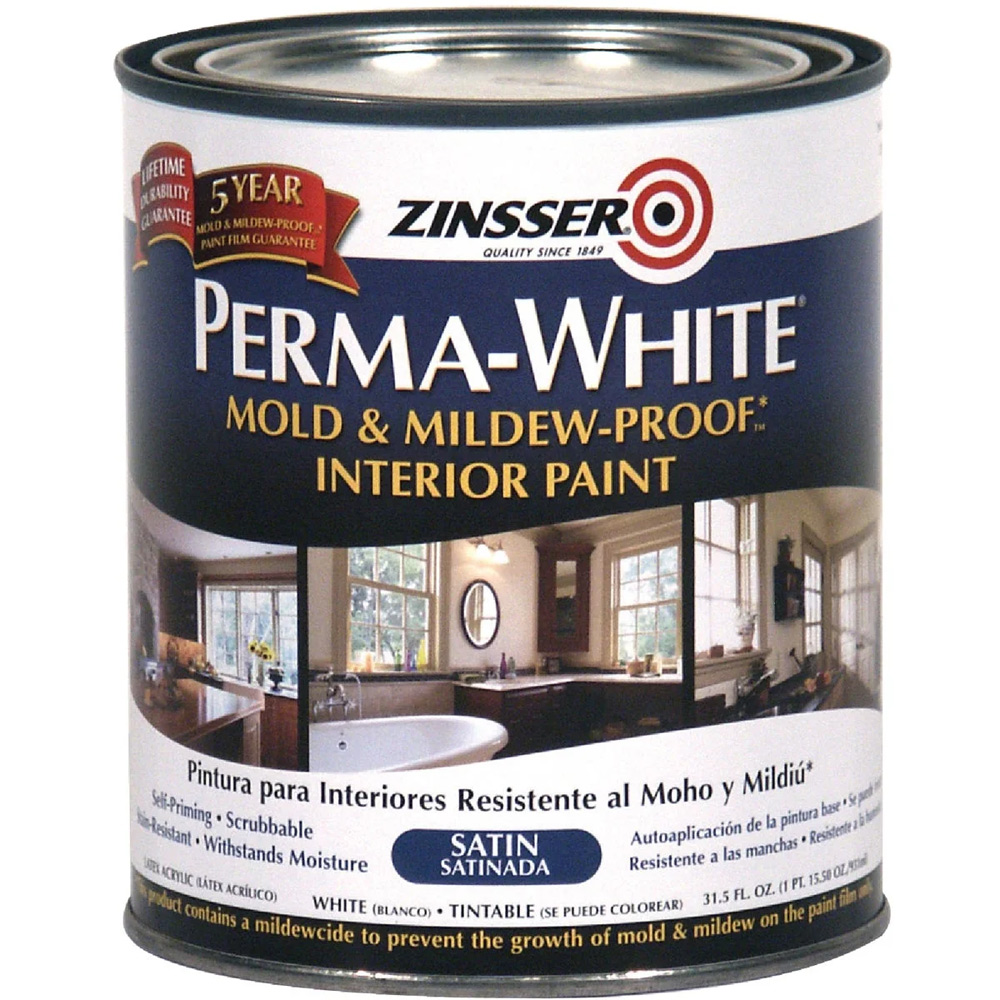
A good mold and mildew resistant paint is a must-have in the bathroom and this one, from trusted brand Zinsser, does the job perfectly. It leaves a lovely satin finish and is easy to wipe clean, too.
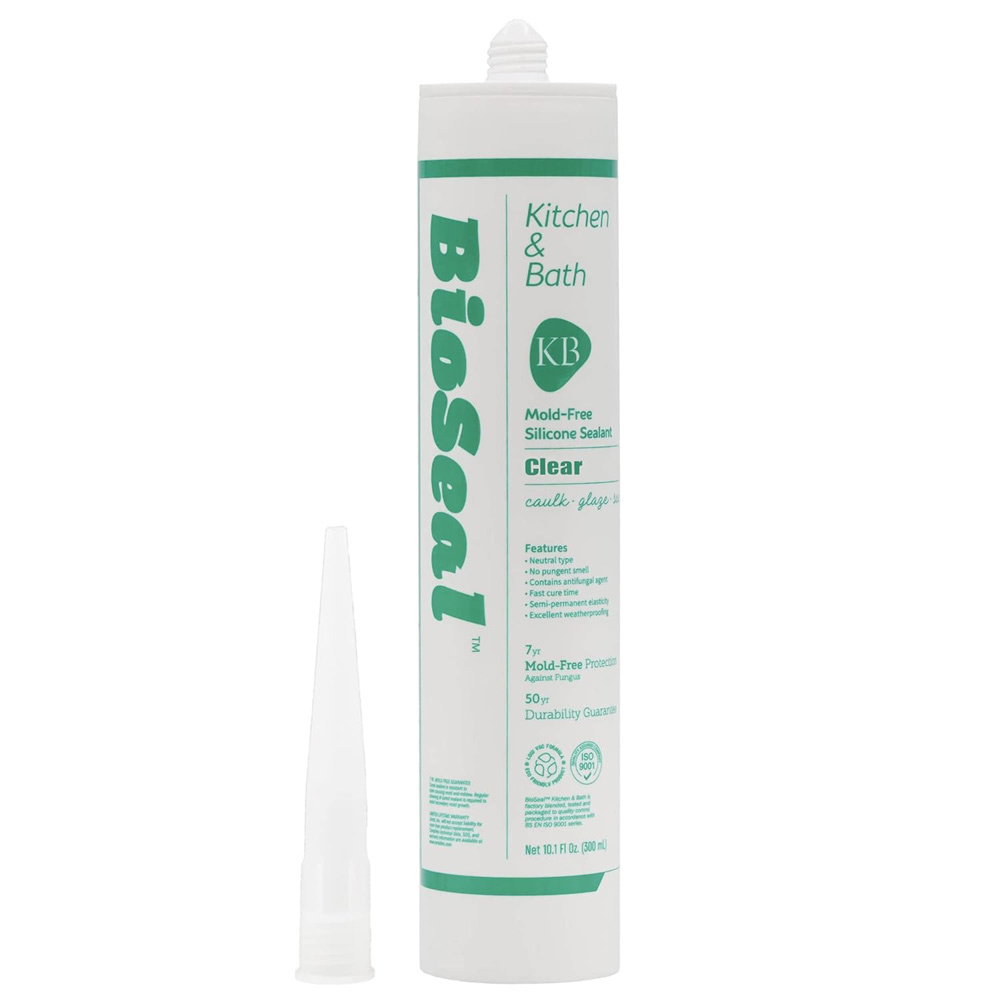
When using a caulk to seal around baths, basins and toilets to prevent water ingress, choose one that is mold-resistant to avoid it discoloring or becoming speckled with black mold any time soon. This one offers fantastic value for money and dries clear.
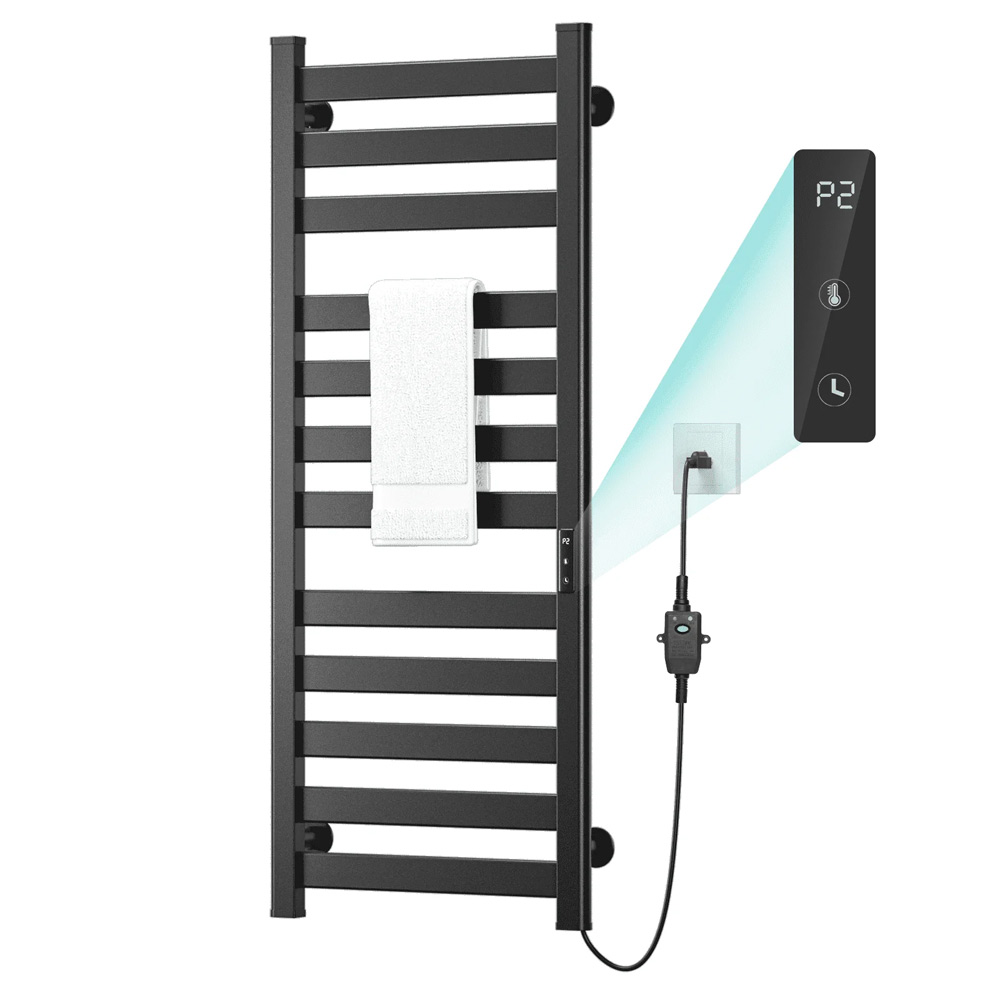
Not only does this wall-mounted towel warmer look really stylish, it also offers simple touch controls and is Rated IPX4 for water resistance. Keeping your bathroom at an even temperature should help when it comes to humidity levels.
Still wondering what does a dehumidifier do? Check out our guide to see if your home could benefit from one.

